A mental health app that helps you track your daily mood, receive AI-powered emotional support, and access emergency assistance when needed.
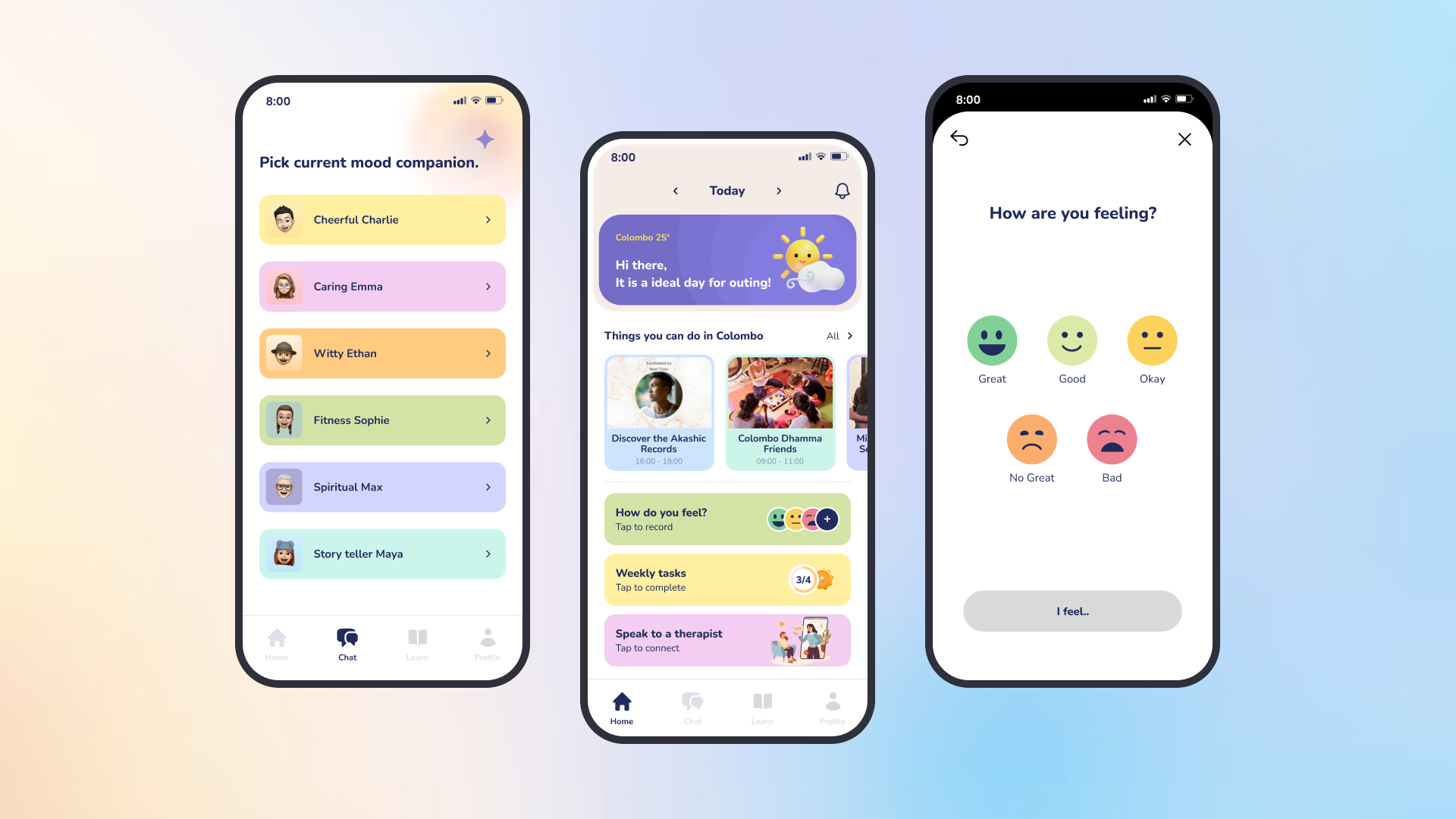

Context
Healthcare Domain, Sri Lankan Client 🇱🇰 , Timeline: June 2024 - Current.
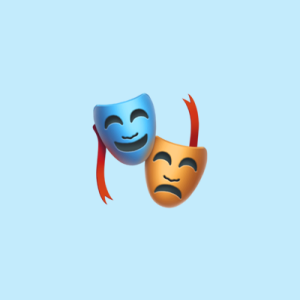
Role
Design Lead, User Research, Lo-fi & Hi-fi Prototyping, User Testing.

Tools
FigJam, Figma, Adobe Animate, Adobe Illustrator
Overview
Problem
Approach
Define
Understand Problem
Defining Project Goals
Decide the Method
Decide the Approach
Research
Research papers (11)
Qualitative Research (12)
Competitive Analysis
Think Aloud Method (32)
Design
Low Fidelity Design
Feedback Session 01
High Fidelity Prototype
Feedback Session 02
Evaluate
Expert Evaluation
Iteration 01
User Testing
Iteration 02
Define
In this phase, we planned our data collection and analysis strategy using a mixed-method approach. We conducted semi-structured interviews and user testing for qualitative insights, and reviewed academic research for quantitative data.
Data gathering
Conducted interviews with psychiatrists, reviewed research papers, and performed user testing to identify key challenges.

Data analysis
Used thematic analysis to find patterns and triangulation to validate insights from experts, research, and users.

Research
Leveraged the client’s 15+ years of counseling experience to understand the mental health needs of Sri Lankans. Identified key challenges and stigma preventing people from seeking help. Used these insights to design a user-centric solution.
Reviewed approximately 11 peer-reviewed papers in ACM on current mood-tracking apps, their ethical issues, and the challenges of relying solely on AI-based mobile applications. Additionally, analyzed other research papers to identify gaps.
Conducted semi-structured interviews with psychiatrists to understand DSM-5 criteria, key factors affecting mental health, and the need for intervention after two weeks of low mood. Emphasized the importance of alternative activities for well-being.
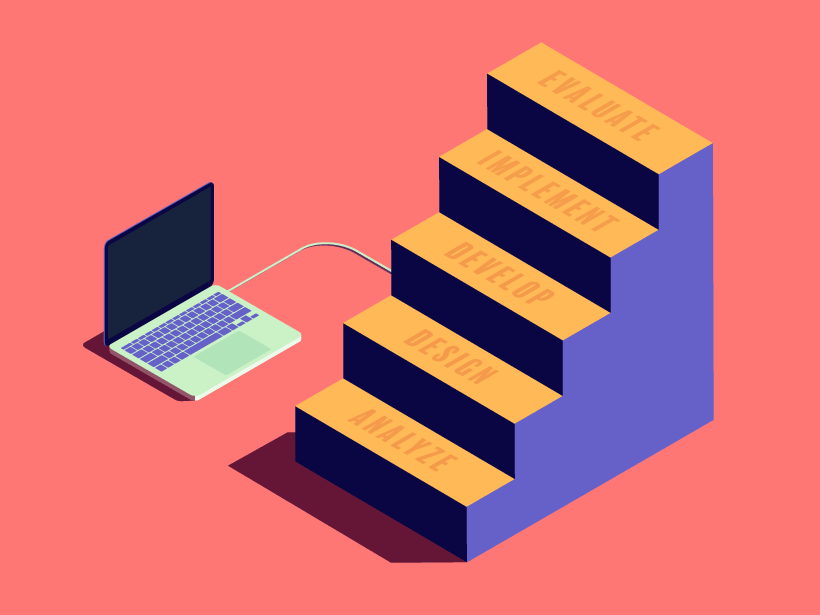
Persona
Userflow

Research Findings

No immediate support
Current solutions lack real-time intervention for individuals in urgent need of assistance, leaving critical gaps in emergency support.

Lack in Personalization
Most apps do not adapt to the unique needs of users or provide localized suggestions, limiting their effectiveness for individuals.
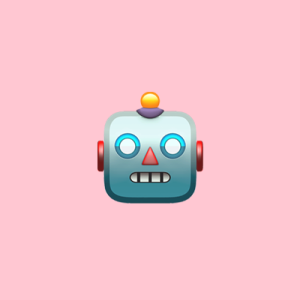
AI Emotional Support
AI-driven emotional support is helpful, but it cannot fully replace the nuanced care and judgment of human intervention in critical situations.
Final Product: Key Features
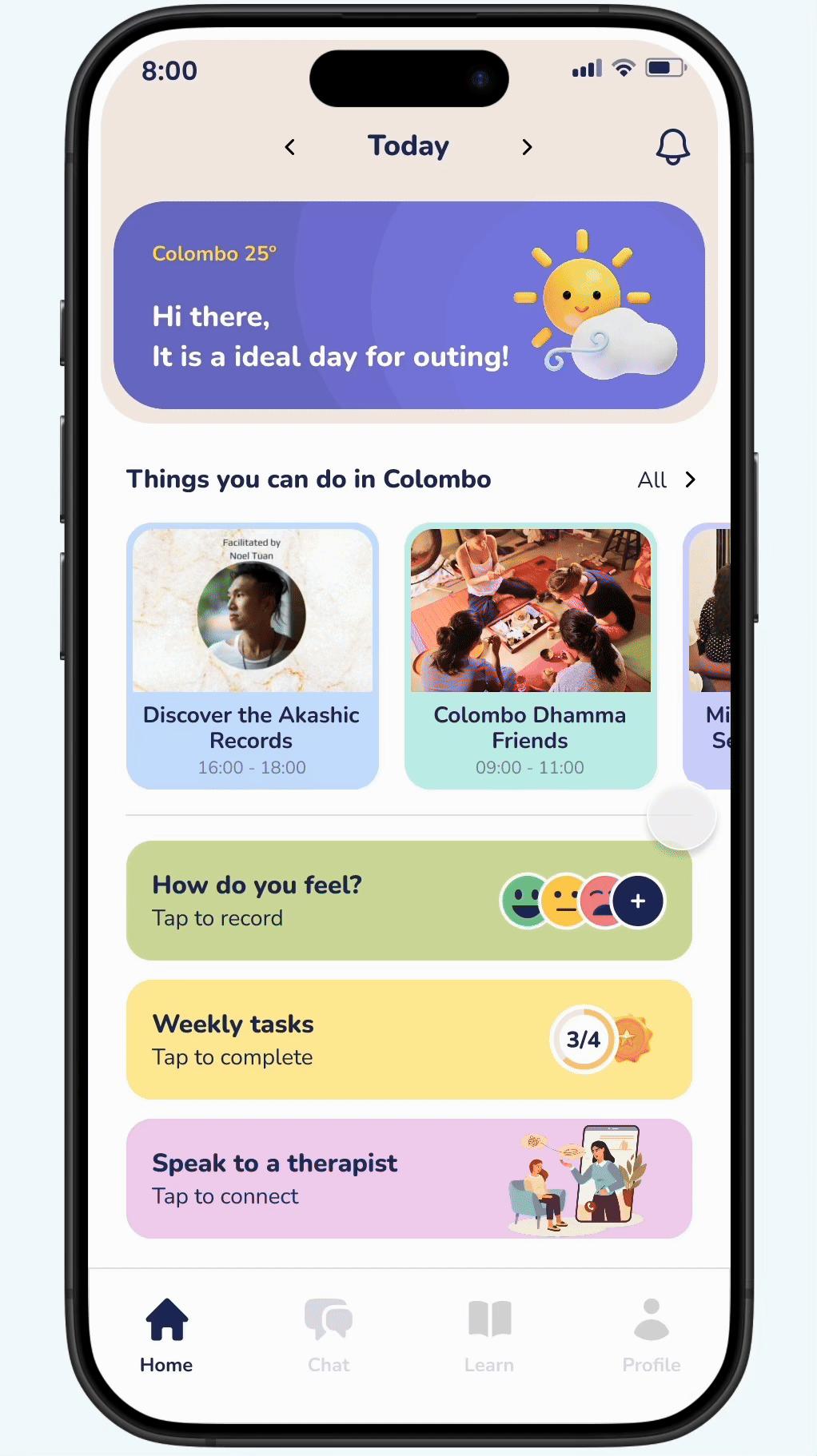
1. Daily Mood Tracker
Users log their happiness (1–5) and reflect on the factors that influenced their emotions.
They also have the option to seek help at the end of the log.
2. AI Emotional Support
Users can choose from different AI chat companions, each with a unique response style, just like chatting with different types of friends.
Automatically escalates to human intervention for
high-risk cases.


3. Speak to a therapist
Users can connect with a therapist anytime through video or audio.
They also have the choice to stay anonymous if they prefer.
4. Learn
Find nearby activities and learning opportunities tailored to your location.
Watch video clips to boost your mental well-being and productivity.
Read books on mental wellness and positive habits for personal growth.
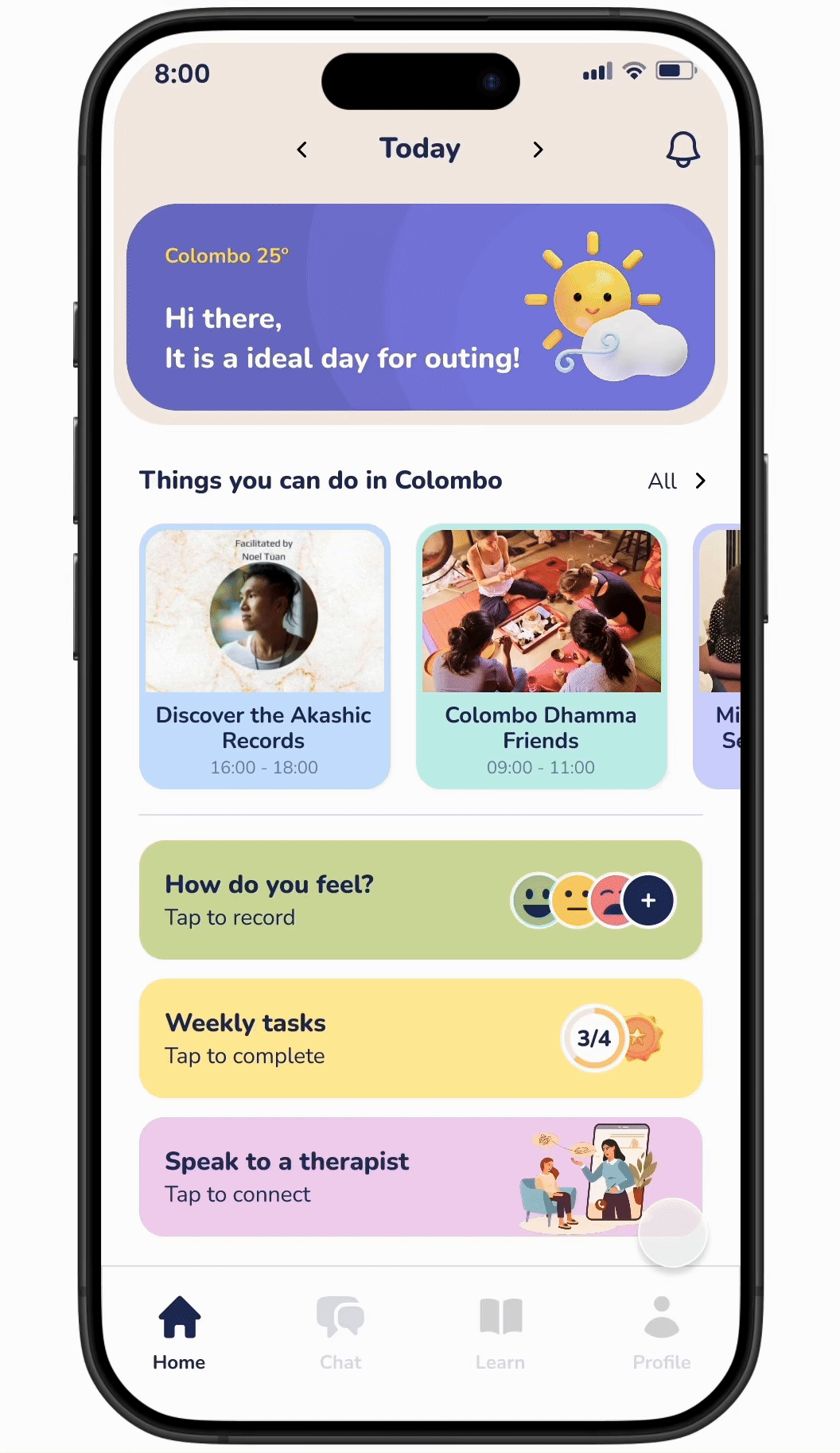
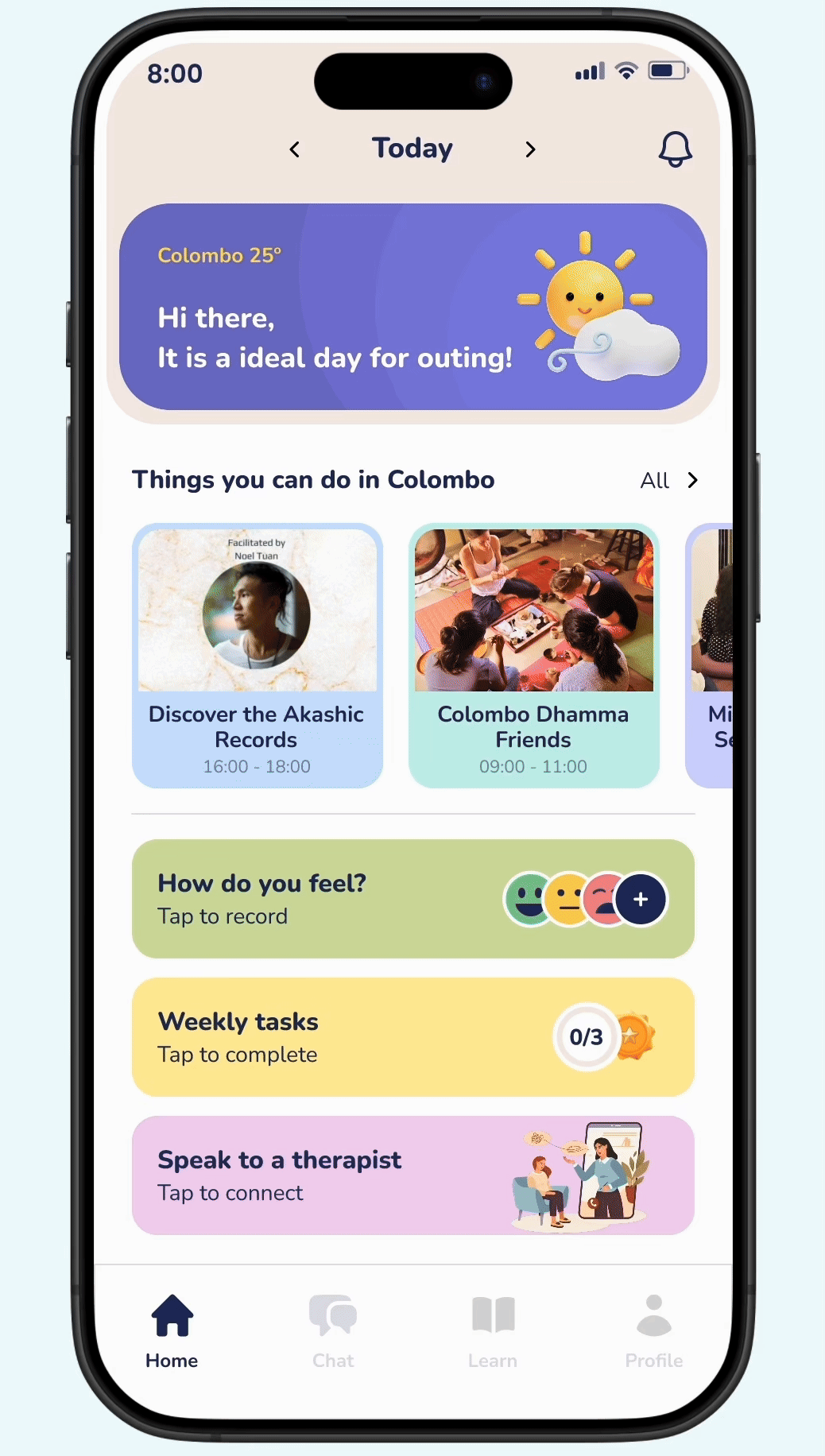
5. Weekly Tasks
Users can set short weekly goals and earn streaks upon completion to boost satisfaction and motivation.
Option to set long-term aspirations to stay motivated toward personal goals.
6. Dashboard
Dashboard for monitoring user activity, providing support, and intervening during emergencies.
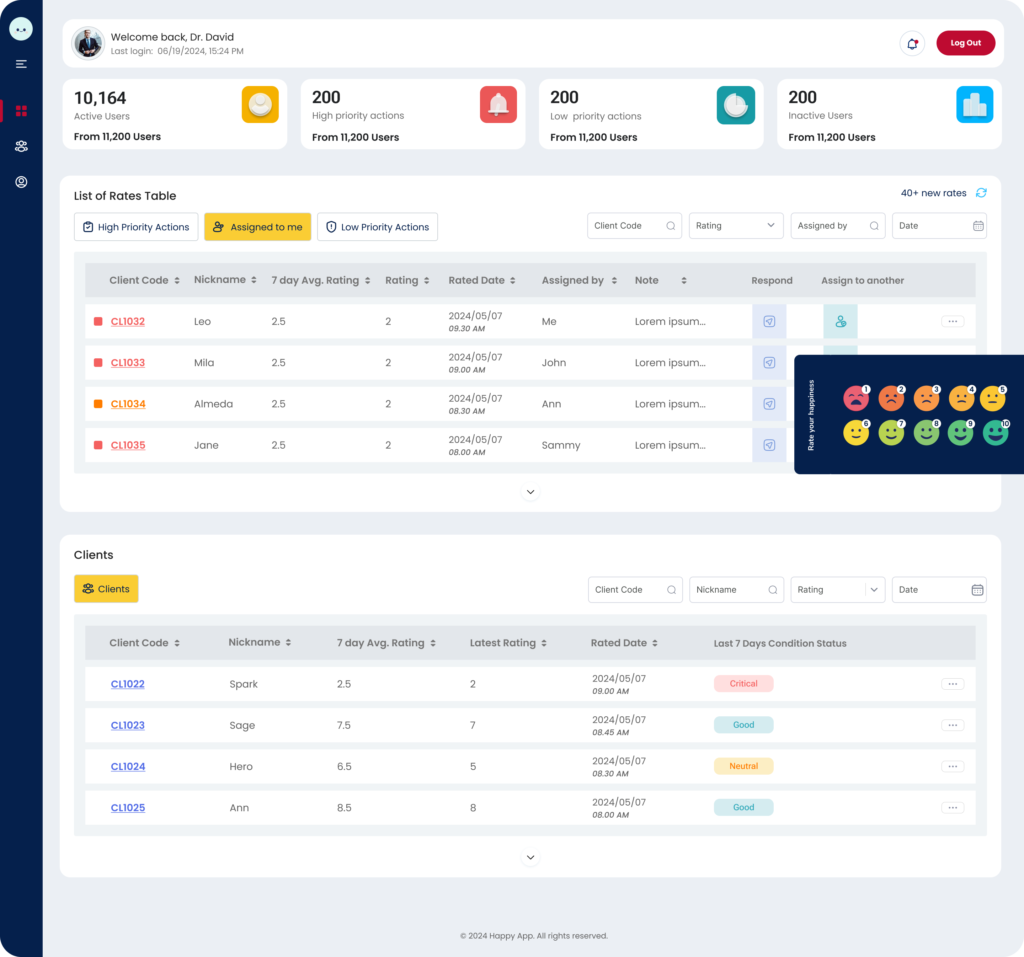
Operation Team
A dedicated dashboard for the operations team to monitor user activity, offer personalized support, share suggestions, and communicate via messaging or video calls. Team members can prioritize user needs, assign users to themselves, and take action based on urgency levels. Additionally, team members can log their own mood to ensure their well-being is also supported and monitored by the admin.
Styleguide
A consistent visual language was developed, including typography, color palette, and icons, to ensure a calming, accessible, and user-friendly experience.
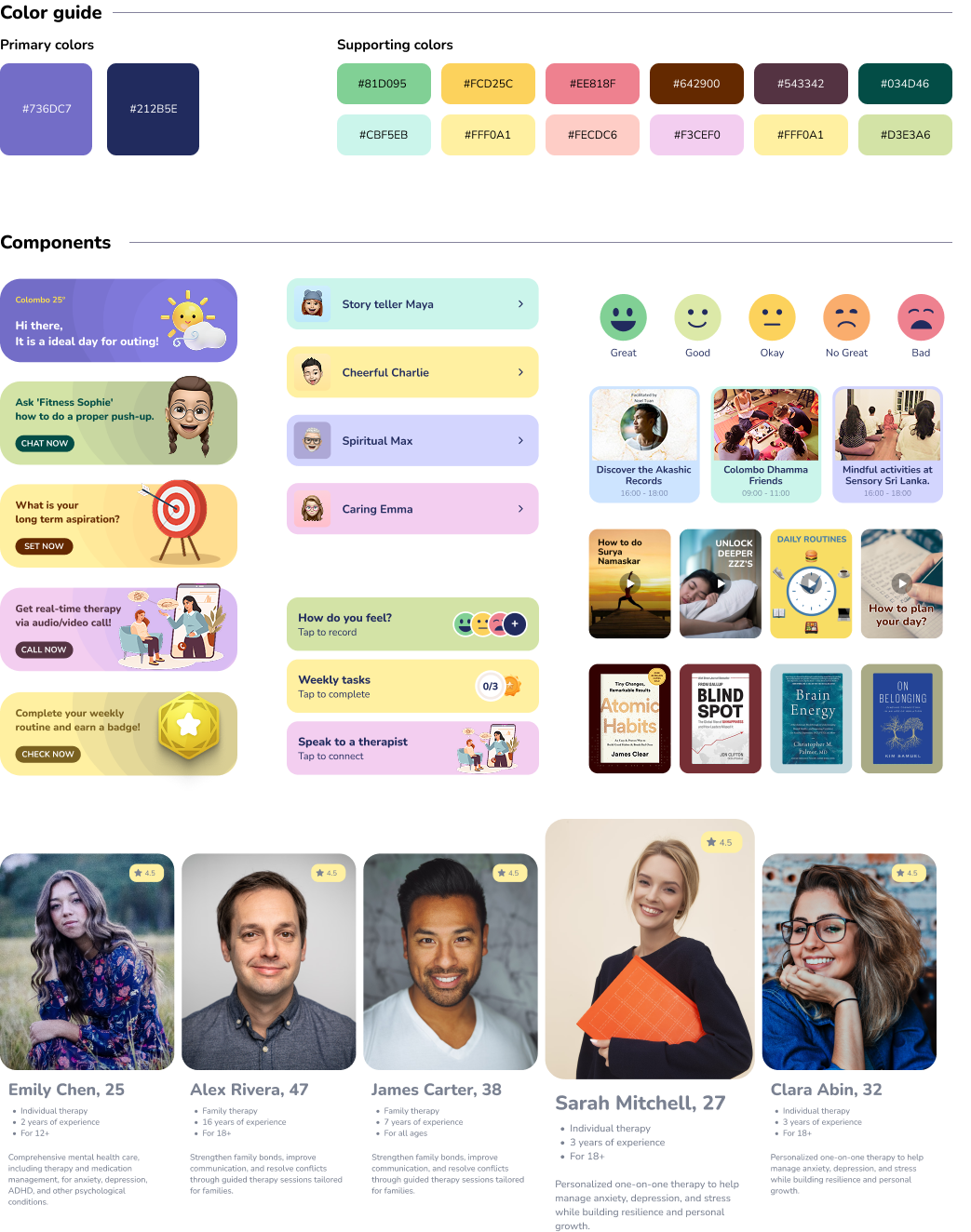

Created a cheerful animated character named "Tootie", used throughout the app to uplift and encourage users.
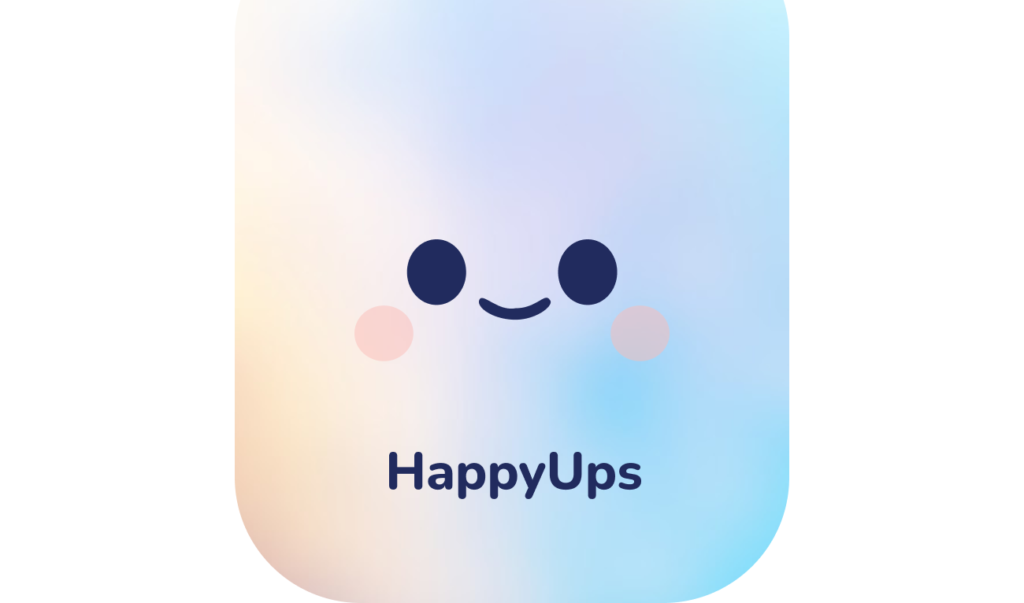
Designed a warm, uplifting logo and brand identity that reflects emotional support and well-being.
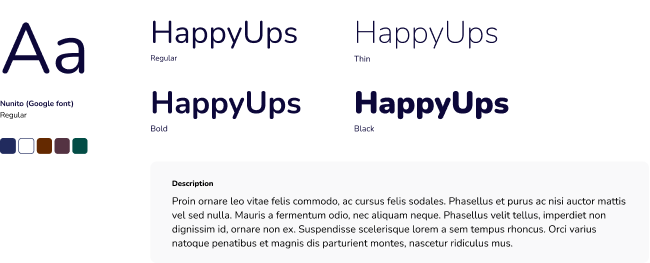
Used the rounded, friendly Nunito typeface to create a soft and approachable feel throughout the app.
Outcomes
🚀 MVP Launch & Real-World Impact
This project began just before I moved to Sweden, and I continued working on it remotely. We successfully launched the MVP of HappyUps in January 2025. The client now uses the app to better support his patients and simplify his daily workflow. It became an effective tool for both practitioner and users. Based on the positive response and feedback, we initiated Phase Two, which is now under development.
Learning
🎓 Academic Insights in Practice
This was my first experience designing for mental health, and it offered deep, valuable learning. I collaborated with psychiatrists, users, and the client to understand real challenges. In Phase Two, I incorporated academic practices from my MSc such as reviewing scholarly articles, choosing suitable research methods, and conducting ethical, consent-based user interviews which greatly improved the research and design process.